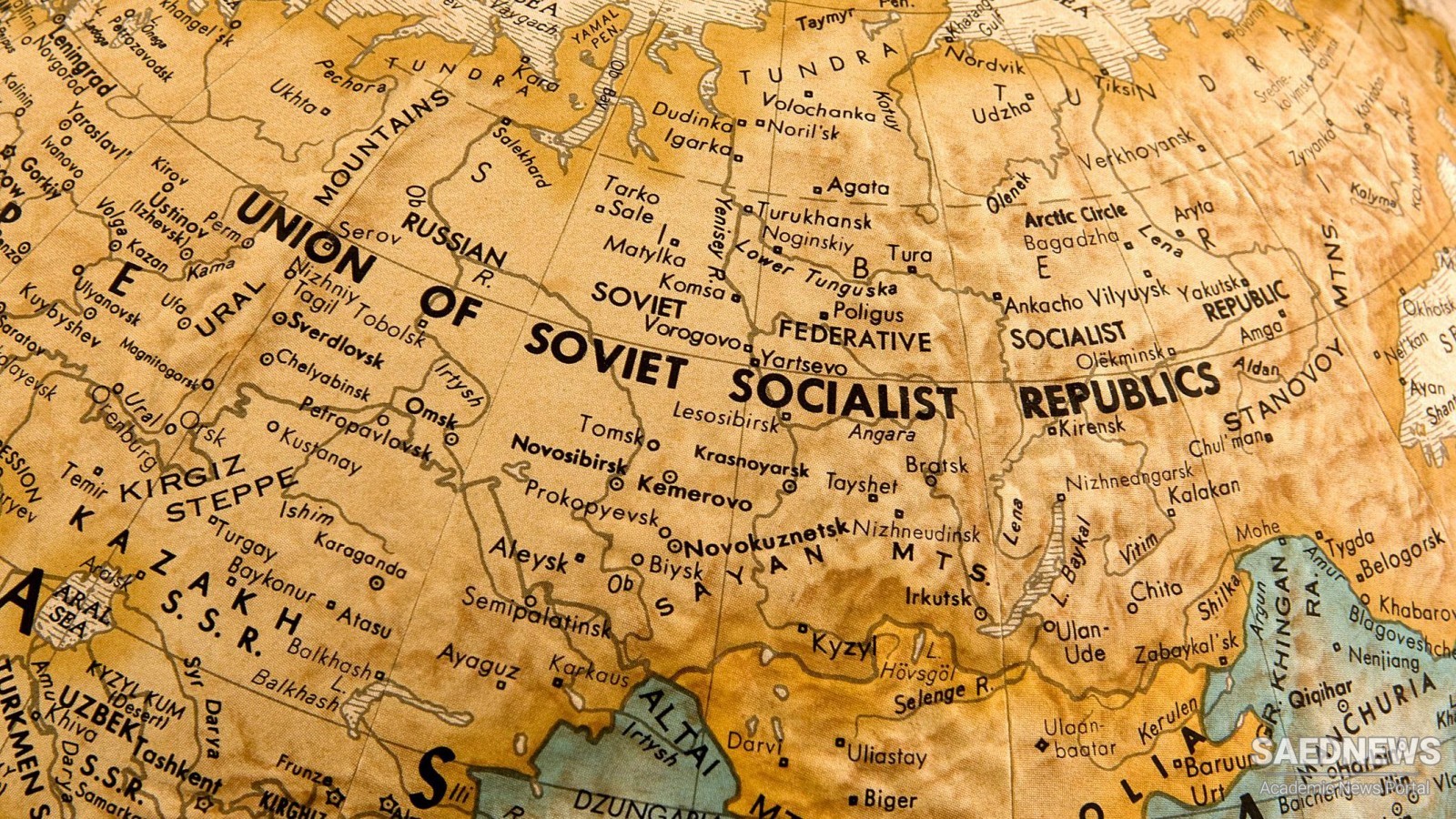The Council therefore asked the Iranian Government to provide a further report as soon as possible, and in any case by 20 May. On 20 May the ambassador announced that he had not been able to discover whether or not Soviet troops had left, because of interference by Soviet forces. But the next day he declared that a commission of investigation had now reported that there was no trace of Soviet troops, which had apparently left on 6 May. On the following day the Council resolved, with the Soviet representative again absent, that discussion should be adjourned until a date in the near future, but that the Council should remain seized of the question.
The matter was not discussed again until the following December. The Iranian representative then reported to the Coundl that 'those in control of affairs in Azerbaijan' (presumably the government established in the province when Soviet forces left) had objected to the entry of Iranian forces there and that the Soviet ambassador in Tehran had again warned that the movement of Iranian forces could cause disturbances, advising that these plans should be abandoned. He did not ask that the Council should reconsider the matter - indeed, unless he could have shown active interference from outside the borders, it is doubtful whether he had the grounds to do so. But he said it was his duty to provide the information, so that the Council could 'better interpret the course of events'.
The issue was not discussed again. Not long afterwards the Iranian Government regained full control of Azerbaijan and set up a new administration more in accordance with its own political ideas. Even then the Council kept the question on its agenda and did so for many years. 'The Iranian question' continued to head the list which the Security Council must submit to the Assembly of subjects still under discussion in the Council. The theory behind the list is that it shows the Assembly which issues it is not able to discuss because they are receiving attention in the Council. In practice, however, most of the items have not been discussed for many years; and even those which have are not necessarily avoided in the discussions of the Assembly either. But like much of the rest of the discussion, the decision to retain the item on the list reflected the cold-war political aims then everywhere prevailing.


 United for Peace: UN Led Bilateral Talks between Iran and Soviet Union
United for Peace: UN Led Bilateral Talks between Iran and Soviet Union














































